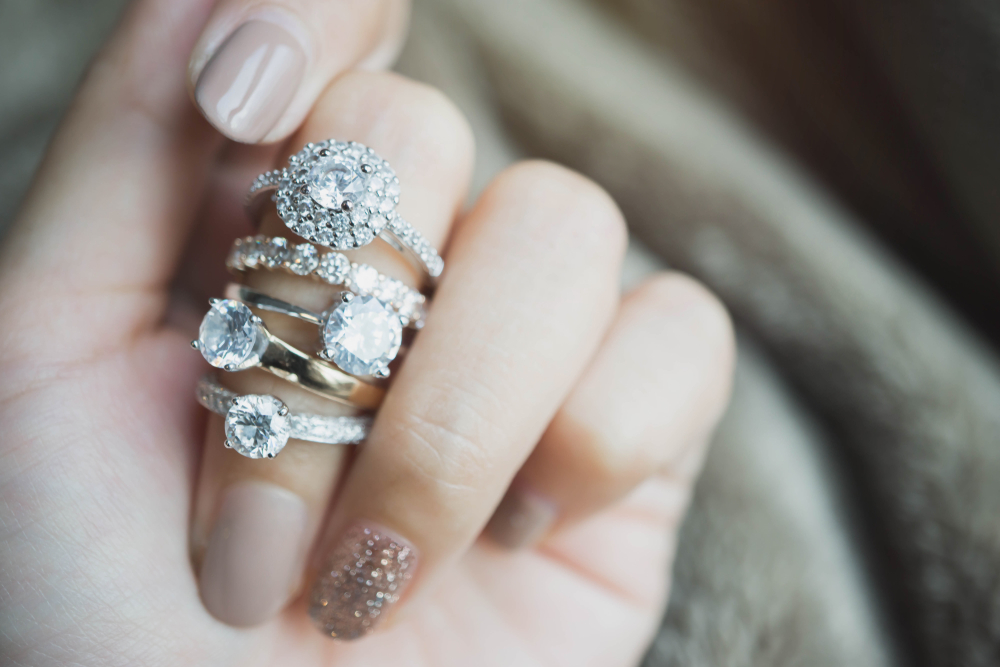
You might have probably heard of lab-grown diamonds and moissanite if you are searching for an ethical alternative to natural diamonds that are mined from the earth. Lab-grown diamonds are exactly as it sounds, the diamonds that are made in a laboratory. On the other hand, moissanite is a naturally occurring stone that is made up of silicon carbide. Both these stones are widely used these days in jewelry as an alternative to natural diamonds.
For individuals looking for non-mined stones, lab-grown diamonds and moissanite are both appealing and affordable options. Natural diamonds are chemically and aesthetically identical to lab-grown diamonds, with the exception that lab-grown diamonds are made with highly specialized technology and responsibly obtained raw materials. Because of its durability, brilliance, and inexpensive cost, Moissanite, a silicon carbide material, is commonly used as a diamond alternative.
Creation Of Lab-Grown Diamonds And Moissanite
Because lab-grown diamonds are formed from a diamond seed, they are physically, chemically, and visually comparable to genuine diamonds. They’re created in specialist facilities using sophisticated processes like Chemical Vapor Deposition or High-Pressure High Temperature.
Moissanite is a silicon carbide-based mineral that develops in the ground. To mimic the natural process, the brilliant gemstone is made in a lab using a combination of heat and pressure. Only professionals can tell the difference between natural and lab-created moissanite.
Lab-Grown Diamonds Vs Moissanite: Differences
Color
Lab-grown diamonds, like natural diamonds, come in a variety of colors. Natural diamonds are graded using the same internationally accepted criteria as synthetic diamonds. Despite the fact that moissanite is not evaluated on the diamond color grading scale, they generally fall within the same color range as diamonds.
Durability
Like natural diamonds, lab-grown diamonds are also much durable. Natural diamonds and synthetic diamonds are evaluated using the criteria for durability. Mohs scale is used to present the durability value of both these stones. Moissanite has a hardness of 9.5 on the Moh’s scale, which is comparable to the hardness value of a diamond, which is 10 on the Moh’s scale.
Price

Although lab-grown diamonds are less expensive than natural diamonds, the price depends on the shape, carat, cut, color, and clarity. Moissanite stones are far less expensive than natural and lab-grown diamonds, with costs varying depending on size, color, and clarity.
Brilliance
Because of its faceting design, Moissanite stones glitter differently than lab-grown diamonds. Their brilliant rainbow sparkles mirror the entire color spectrum. The refractive index of natural diamonds is 2.65–2.69, whereas moissanite has a refractive index of 2.65–2.69, which is two times higher.
